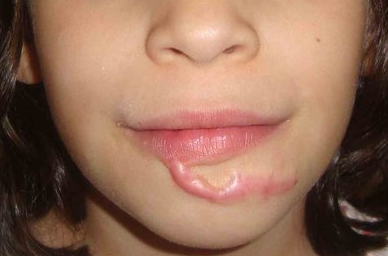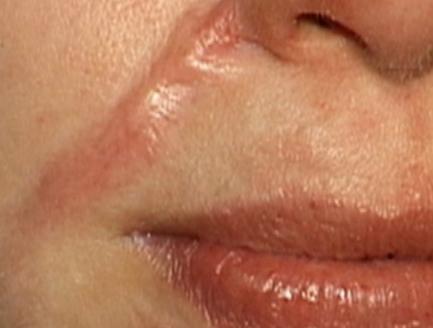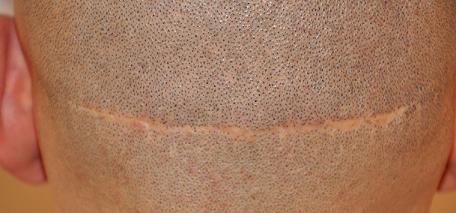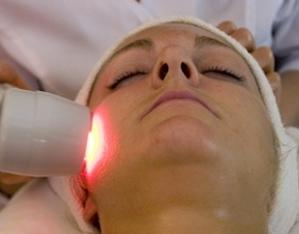Enhancing your appearance with scar revision surgery
There is not a person on the planet who is scarless or a tleast it is highly unlikely. Scars are visible signs that remain after a wound has healed. Scars are unavoidable results of injury or surgery, and the results of this natural healing process can be very unpredictable. Some people naturally heal well; others do not… Poor healing may contribute to scars that are unsightly or disfiguring. Even a wound that heals well can result in a scar that affects your appearance. Scars may be raised or recessed, different in color or texture from surrounding healthy tissue or particularly noticeable due to their size, shape or location.
 Your treatment options vary based on the type and degree of scarring and can include:
Your treatment options vary based on the type and degree of scarring and can include:
• Simple topical treatments
• Minimally invasive procedures
• Surgical revision with advanced techniques in wound closure
Scar revision surgery is meant to minimize the scar so that it is more consistent with your surrounding skin tone and texture.
Although scar revision can provide a more pleasing cosmetic result or improve a scar that has healed poorly, a scar cannot be completely erased.
Should I Elect Scar Revision?
Scar revision is a highly individualized procedure and you should do it if it adversely effects your self image and esteem.. Scar revision can be performed at any age and is a good option if:
• You are upset by a scar anywhere on your body
• You are physically healthy
• You do not smoke
• You have a positive outlook and realistic goals for your scar revision surgery
• You do not have active acne or other skin diseases in the area to be treated





 In recent years the use of lasers in medicine has enjoyed rapid development in medicine. Doctors and researchers are experimenting with the devices in a wide variety of procedures, like opening blocked coronary arteries and reshaping the cornea of the eye to correct poor vision, dissolving kidney stones and in scar revisioning.
In recent years the use of lasers in medicine has enjoyed rapid development in medicine. Doctors and researchers are experimenting with the devices in a wide variety of procedures, like opening blocked coronary arteries and reshaping the cornea of the eye to correct poor vision, dissolving kidney stones and in scar revisioning.  When an imbalance occurs between the anabolic and catabolic phases of the healing process in a wound somtimes more collagen is produced than the is degradation of collagen in the healing process. This results in the scar growing in all directions. The scar is elevated above the skin and remains hyperemic. This is excessive scar tissue is medically classified either as a keloid or a hypertrophic scar.
When an imbalance occurs between the anabolic and catabolic phases of the healing process in a wound somtimes more collagen is produced than the is degradation of collagen in the healing process. This results in the scar growing in all directions. The scar is elevated above the skin and remains hyperemic. This is excessive scar tissue is medically classified either as a keloid or a hypertrophic scar.